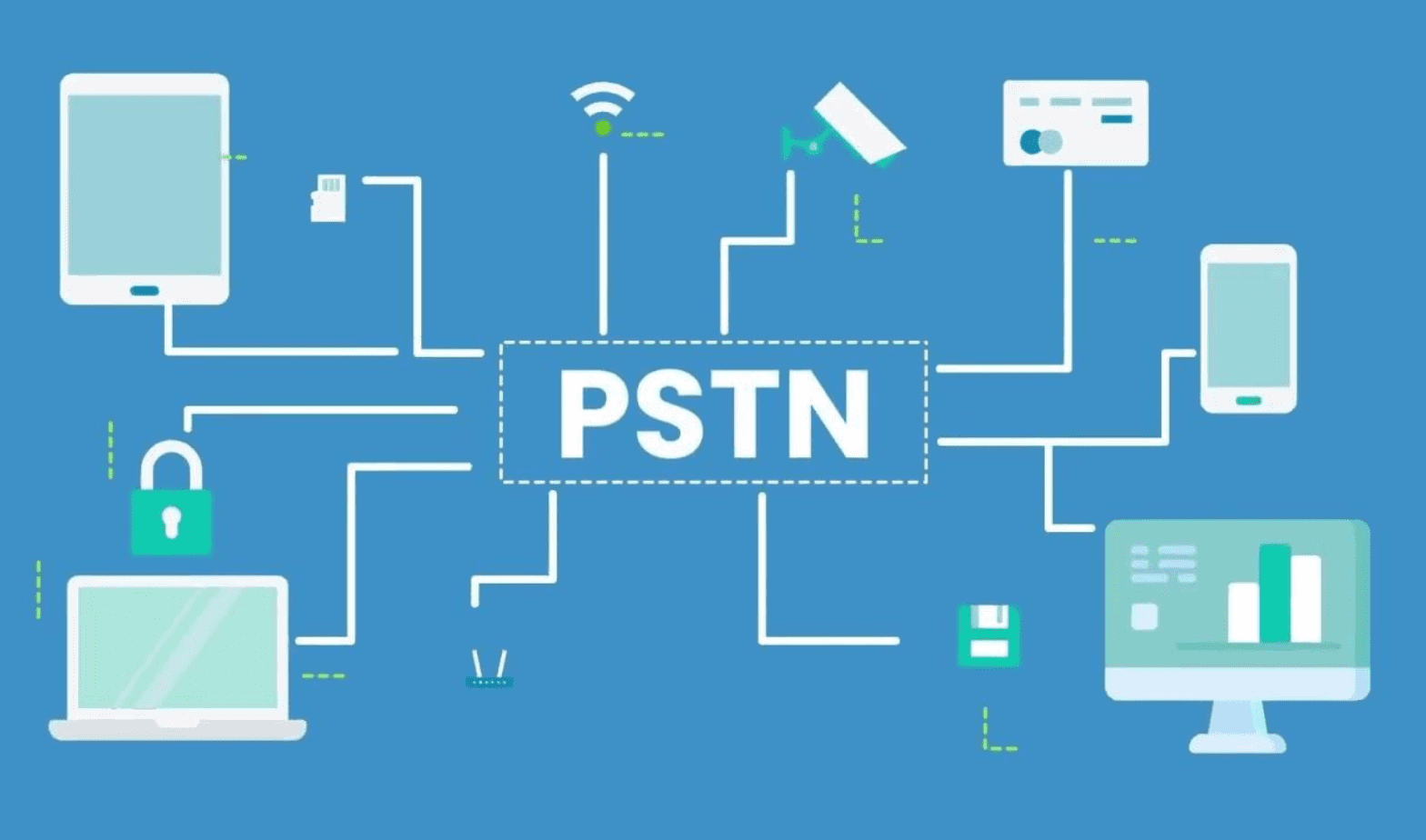Article
BT’s 2027 switch-off of PSTN and ISDN services marks a crucial shift in telecommunications. As part of BT’s digital voice changeover plan requires all to have an internet connection. Trustack is here to guide you through this transition with urgency and clarity.
BT’s original projected switch-off date (2025) has been extended, with the aim to complete the move by the end of January 2027. The extension is no reason to delay as migrating from analogue to digital as quickly and effectively as possible is important
In 2027 BT is switching off their Public Switched Telephone Network (PSTN) and Integrated Services Digital Network(ISDN) services. This change will affect all residential and business customers and aligns with the Government’s promise to see 15 million premises connected to fibre by 2027.
For businesses, it will not only mean that your phone services are affected but also services that run on your phone lines using the PSTN network. This will include services such as EPOS machines, alarm monitoring services, fire monitoring services, and lift emergency phones.

It is not only in the UK that the migration to digital is taking place. As technology evolves, phone companies around the world are adapting. The switch-off is already underway in countries like Germany, Japan, and Sweden, with Estonia and the Netherlands already having completely switched off their networks.
Technology has evolved significantly and quite simply the PSTN network has become outdated and costly to maintain.
Of course, the retiring of the telephone network as we know it would not be happening if there was no new technology to replace it. Over the last several years, telephone systems have been developed to use IP. This allows telephone systems to use standard Internet connections. Along with this new technology are many new terms and technologies including:
Moving to this newer technology offers the same benefits as we see now and some new ones.

Greater choice of telephone hardware. You can continue to use a telephone handset as well as mobile phones, tablets, laptops, PCs and Macs.
Telephone systems can easily scale along with your requirements. Whether it is simply an additional user, or a brand-new office location. At its simplest form, you simply require Internet connectivity.
Changes can be implemented quicker e.g. call routing and diverts.
Many businesses have already adopted a digital model, moving their communications to the cloud, making calls over the internet and embracing video conferencing. If you have the supporting infrastructure, then there is no reason why an educated and planned migration to digital lines cannot be considered now.
Here are some steps you can take to prepare:
For more solutions visit our stack pages: Cloud and Hosting and Unified Communications.
“The 2025 PSTN Switch Off represents the biggest shake up of modern-day Telecommunications that will affect Business and Domestic Users alike.
My recommendation would be to have your PSTN/ISDN to SIP migration done and dusted well before the deadline date, not only to beat the inevitable rush nearer to the Switch Off, but also to take advantage of the cost savings with SIP and advancement of features and facilities with modern Hosted UC systems.”
- Tom Hassan, Unified Communications and Telephony Consultant
Ensuring that your current telephony system can support SIP Trunking or opt for a Hosted Telephony Service.
Yes, however, you will have to upgrade to either FTTP (Fibre to the Premises) or to SoGEA (Single order Generic Ethernet Access). With SoGEA you only get a broadband data service and no telephone line. Therefore, for telephone service, you will have to have a connection to a hosted phone system, or an IP based phone system.
Depending on location, SoGEA can provide downloads of up to 80Mbs using the current FTTC technology.
Yes, with a hosted phone system and ATAadapter. Connecting these traditional analogue devices to a SIP to Analogue convertor (ATA), will enable them to register on the hosted phone system.
Any business or consumer who hasn’t migrated to an alternative telephony service will be left without service.
In September 2023 Openreach will no longer supply single PSTN lines, ISDN2, ISDN30 or add additional channels to existing services. For more information on the switch-off contact us
There could be a lot to plan for and resources to do this will become limited nearer the deadline date.
Get your business on the front foot
To provide the best experience on our site, we use technologies like cookies to store and/or access device information. Consenting to these technologies will allow us to process data such as browsing behaviour or unique IDs on this site.